After spending the last 8 days in Paris without going to a museum, today I finally broke down and went to my first museum on this trip.

Given the phenomenal number and quality of museums in Paris, which one did I select? Was it the Louvre, Europe’s oldest and greatest museum, and the world’s largest with some 38,000 objects.
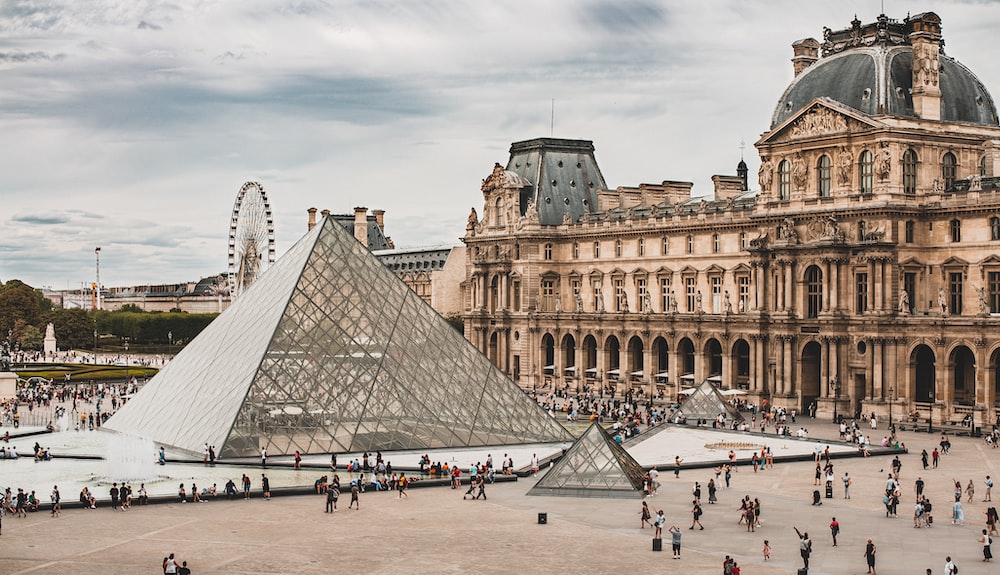
Or was it the Orsay, which has the greatest impressionist collection of all the museums. Or was it the Cluny Museum, with its focus on Medieval art. Or the Orangerie Museum, which is famous for Monet’s water lilies. Or the Marmottan, which focuses on Monet. Other possibilities include the Jacquemart-Andre Museum, the Carnavalet Museum (Paris history), Picasso Museum, the Army Museum, the Montmartre Museum, the Museum of Beaux-Arts, the Rodin Museum, the Perfume Museum, the National Maritime Museum, and the Jewish Art and History Museum. Still others include the Quai Branly Museum, which has a great collection of non western art from Africa, Oceania, Asia and the Americas. Or the Musee en Herbe, which is primarily for kids. Another one is the Delacroix Museum. Not to be forgotten is the National Museum of Modern Art, which includes Matisse, Picasso, Chagall, Dali, Warhol and others.
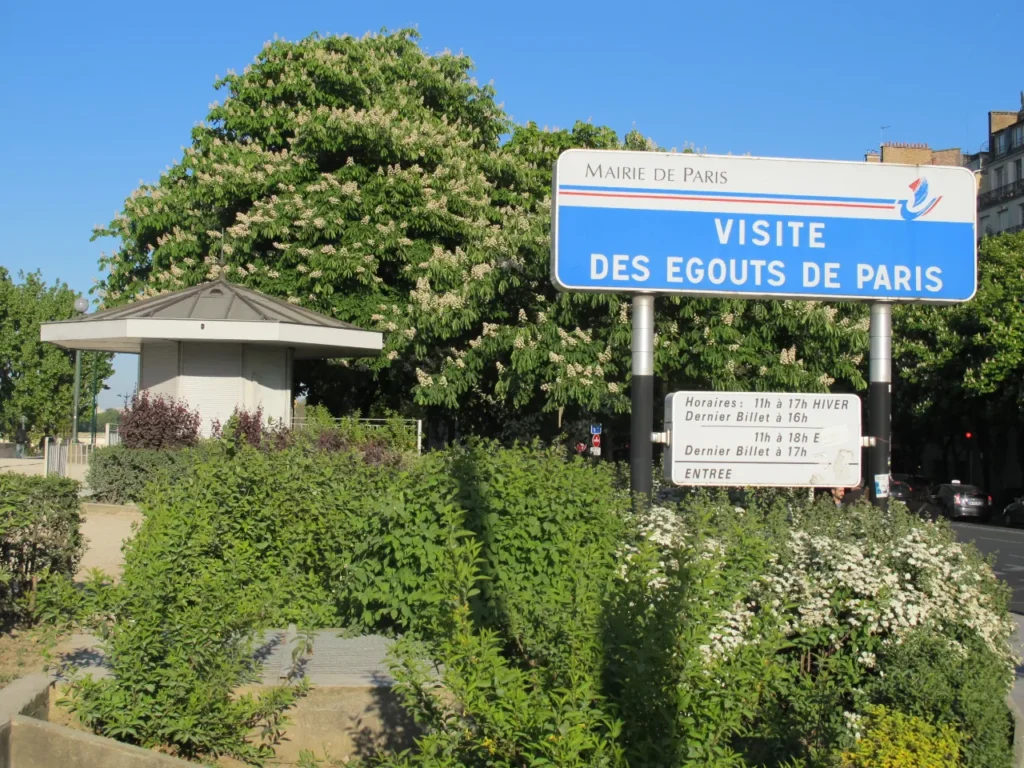
Believe it or not, I did not go to any one of these glorious museums. No, I went to one that you may not have heard of, or at least probably have never been to. I went to the Paris Sewer Museum (Les Egouts de Paris).
Why in the world would I do something like this, you may ask. Three reasons.
- One, Paris is the site of the world’s first underground sewer system!
- Two, I have not been to a sewer museum before.
- And three, you may not be aware of this, but in my past, I spent six years as the Executive Director (CEO) of the sewer system in the Seattle/King County metropolitan area in the State of Washington. I have a soft spot in my heart for sewer systems. More about this later.
But first, Paris’ sewer system is something to behold. It carries and flushes 317 million gallons of water daily. It is not only the first underground sewer system in the world, but also the longest. Some 1,500 miles of tunnels, which is equal to the distance from New York City to Dallas Texas.

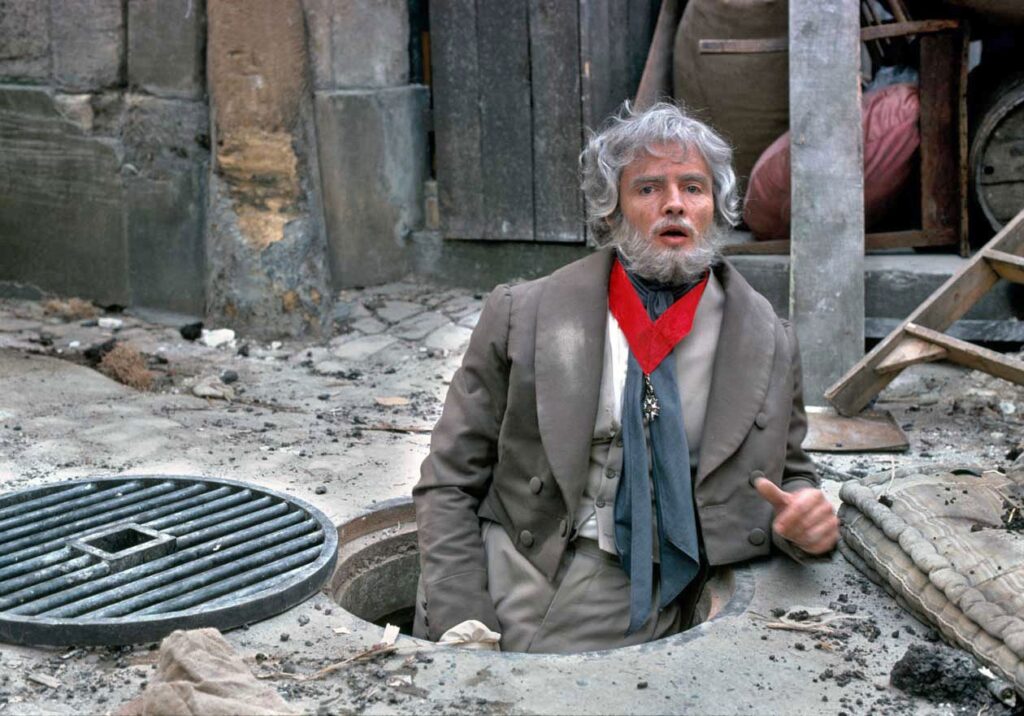
Paris’ sewer system was a key part of Victor Hugo’s 1862 novel Les Misérables, in which 50 pages were devoted to the sewer system.

Secondly, how often do you get the opportunity to do a walk through of a sewer system. It is unique and very interesting. You get a feel for what went into building and operating such a crucial part of this city’s infrastructure. You get a chance to see the size of the manholes that workers have to use to access the sewer tunnels. You get a feel for the magnitude of the tunnels themselves.
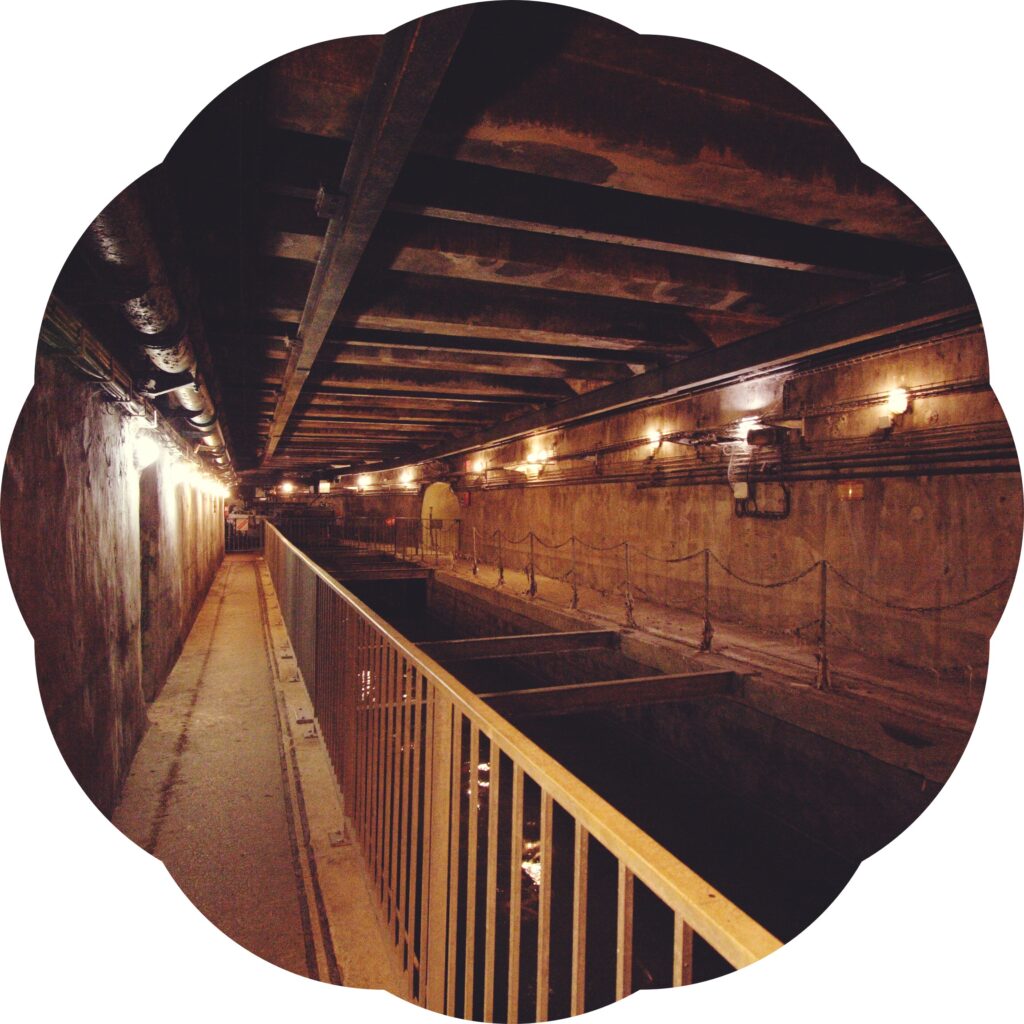
You also get a feel for what it took to keep the “water” moving through the miles and miles of pipes and tunnels. You begin to understand that sewers are moving more than water. It is astounding what finds its way into our sewer systems. You also get a sense of the smell and odor associated with sewers. You become more aware of the challenges that sewer tunnels face when there are heavy rains and a great deal of storm water runoff that in turn swells the capacity of the tunnels.
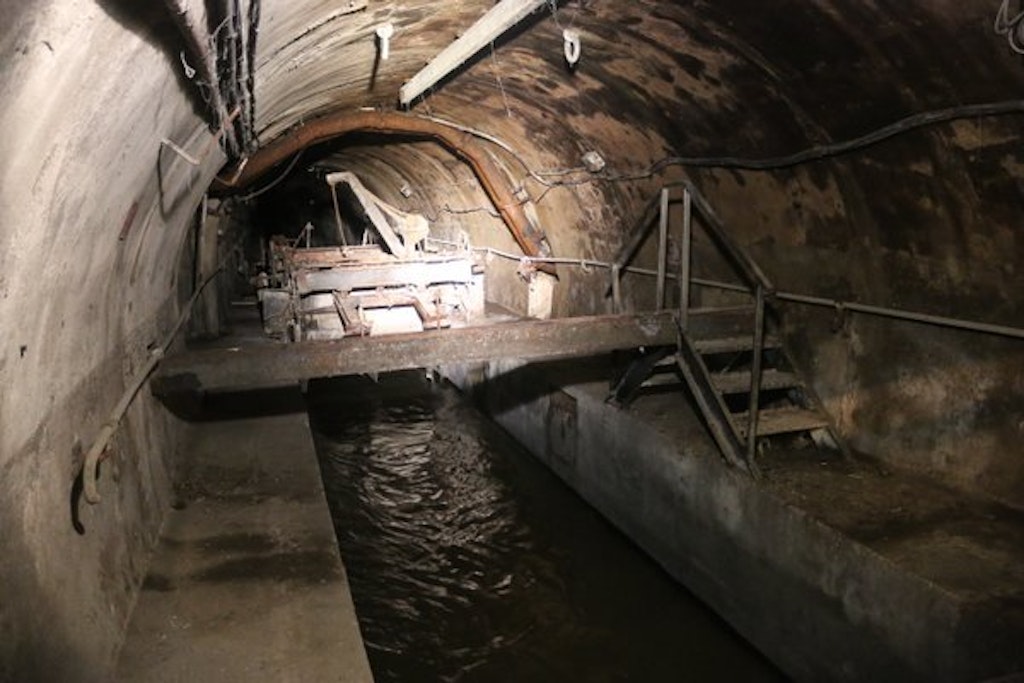
Finally, a word or two about the soft spot in my heart for sewer systems. In our urban communities in developed countries where would we be without adequate sewer systems to capture, transport and treat the sewage that we as humans produce on a daily basis. Also many of our sewer systems capture storm water runoff that without treatment cause pollution of our to be treasured streams, rivers, lakes and oceans. I had the chance during my six years at the helm of the Municipality of Metropolitan Seattle to learn a great deal about wastewater and how it is captured, transported and treated. I developed a real respect for the men and women that dedicate their working careers to building, operating and maintaining the sewer systems that our urban areas in particular need.
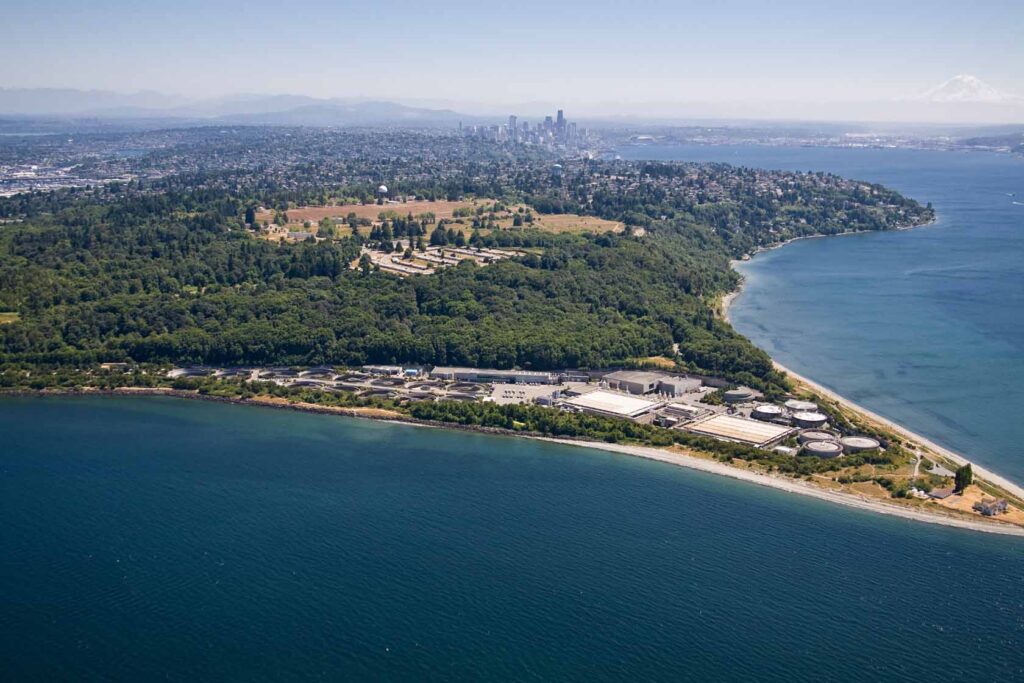
In addition, and you probably will not believe this, but it is true. I was so proud of our sewage treatment plants in the Seattle region that I chose to have my wedding reception at one of our sewage treatment plants. The plant itself was so clean and spotless, and the location of the plant was located on one of the most beautiful spots in Puget Sound. The setting was amazing. (Yes, for those of you who are wondering, the wedding itself was in a church.)
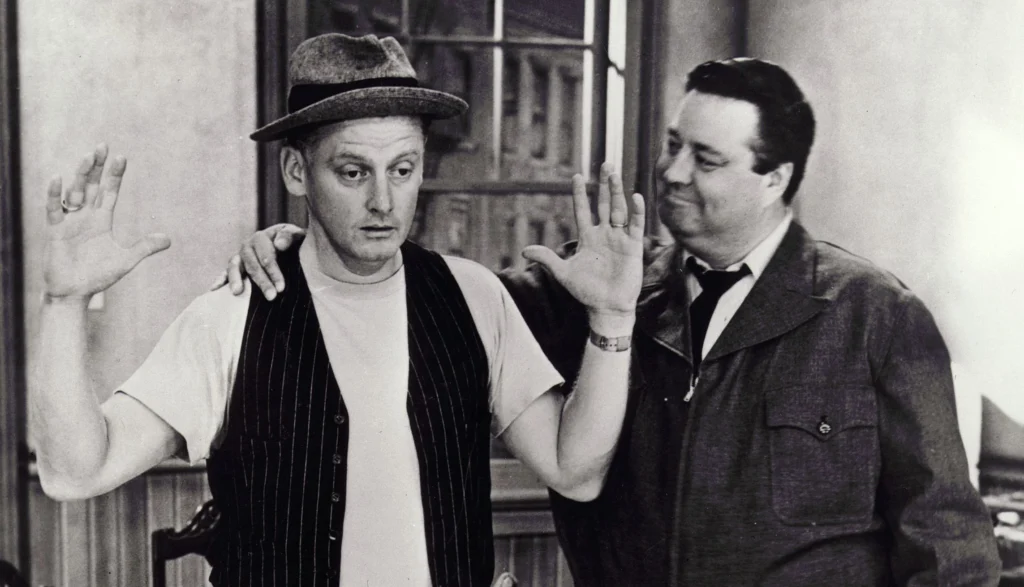
Finally, and I know this sounds corny, but whenever I think of a sewer I always think of my favorite character actor Art Carney, who played Ed Norton on The Honeymooners tv show starring Jackie Gleason in the mid 1950’s. Ed worked in the sewers in New York City. Ed described his job as a “Sub-supervisor in the sub-division of the department of subterranean sanitation. I just keep things moving along.”
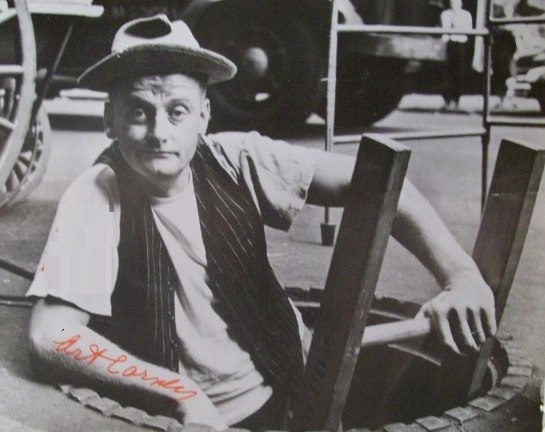
So, I am sure that all of you can now understand why I chose the Paris Sewer Museum to be the first museum that I visited on this trip to Paris.
Brilliant
Fascinating.
Why of course!
That is one for the books. So fitting with your particular historical background. Also looks like you personally met Art Carney somewhere along the way before he passed away. some 20 years ago.
So why do they call it raw sewage, does anyone actually cook it?
Also I hear a flock of crows were sprayed with sewage, it was a murder most foul!
I was once Bond Counsel for the City of Chicago for its Water and Sewer revenue bonds.
Beautifully written and revealing!
Your picture you painted of the
Sewers was wonderful! I could almost smell them!
This is one of your “deepest” writings yet. I love how you got “under the surface” of the tale and brought a multi “scentual” experience to your readers. Blah! Hah! ;-))